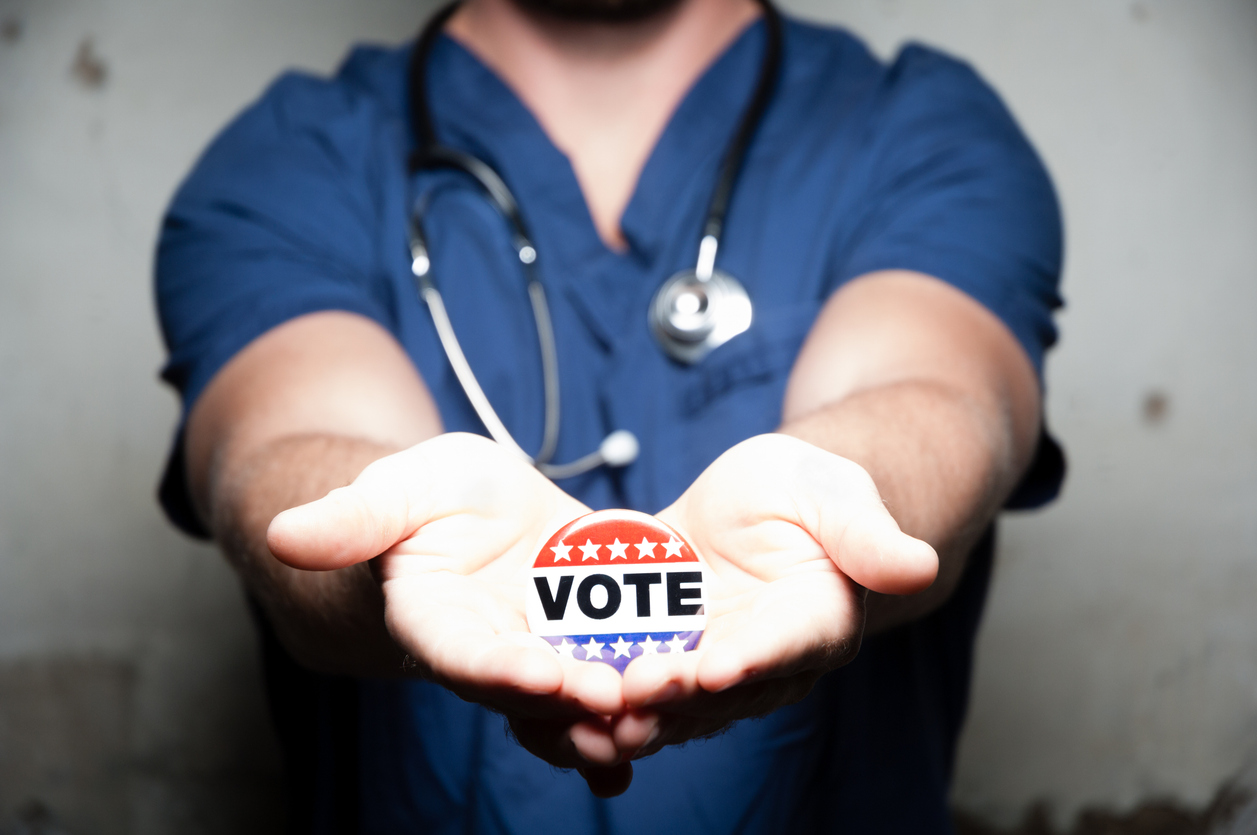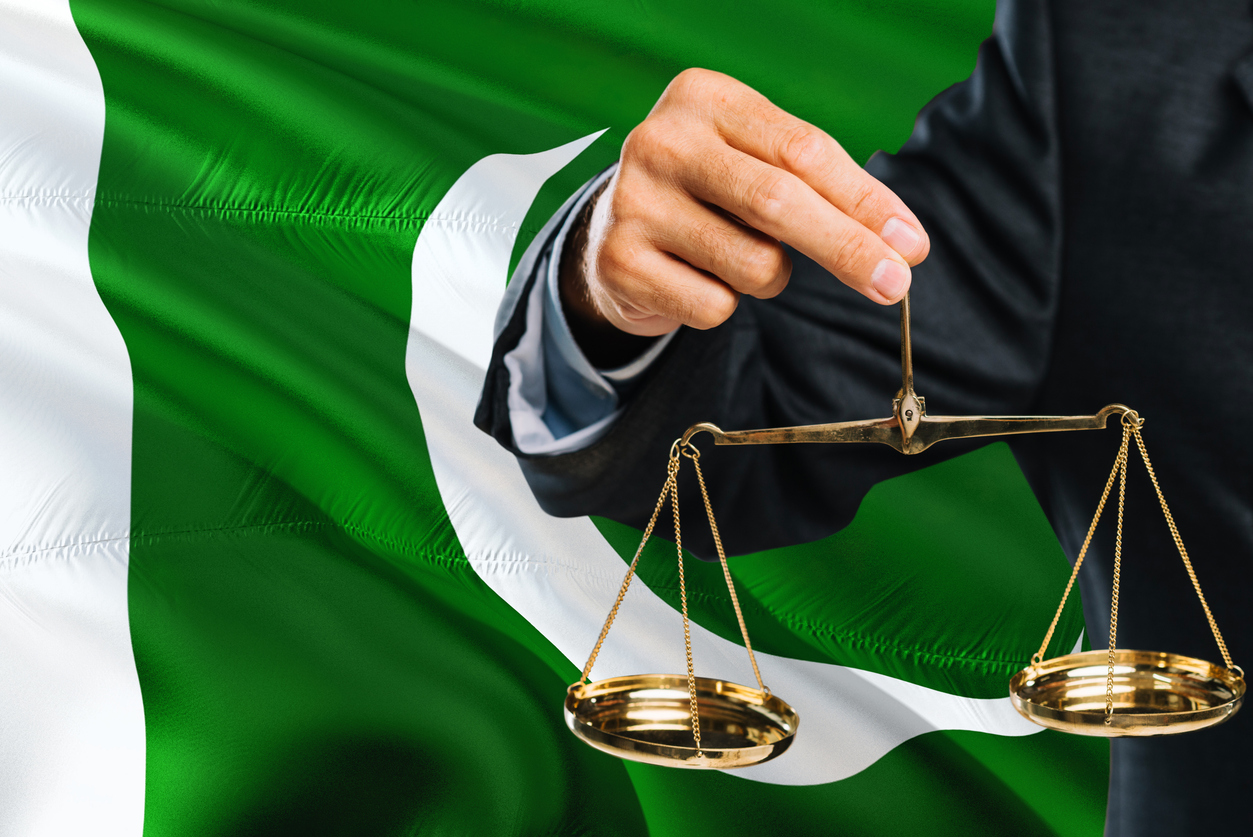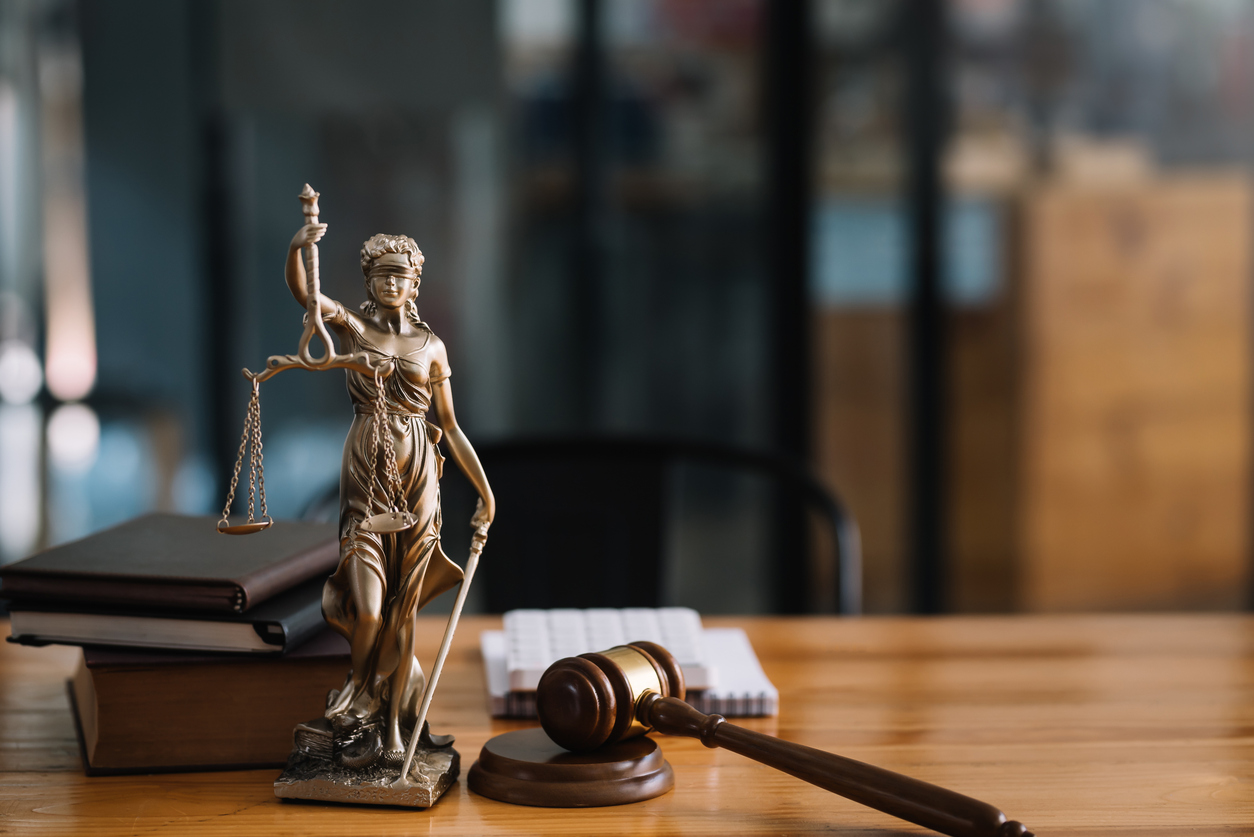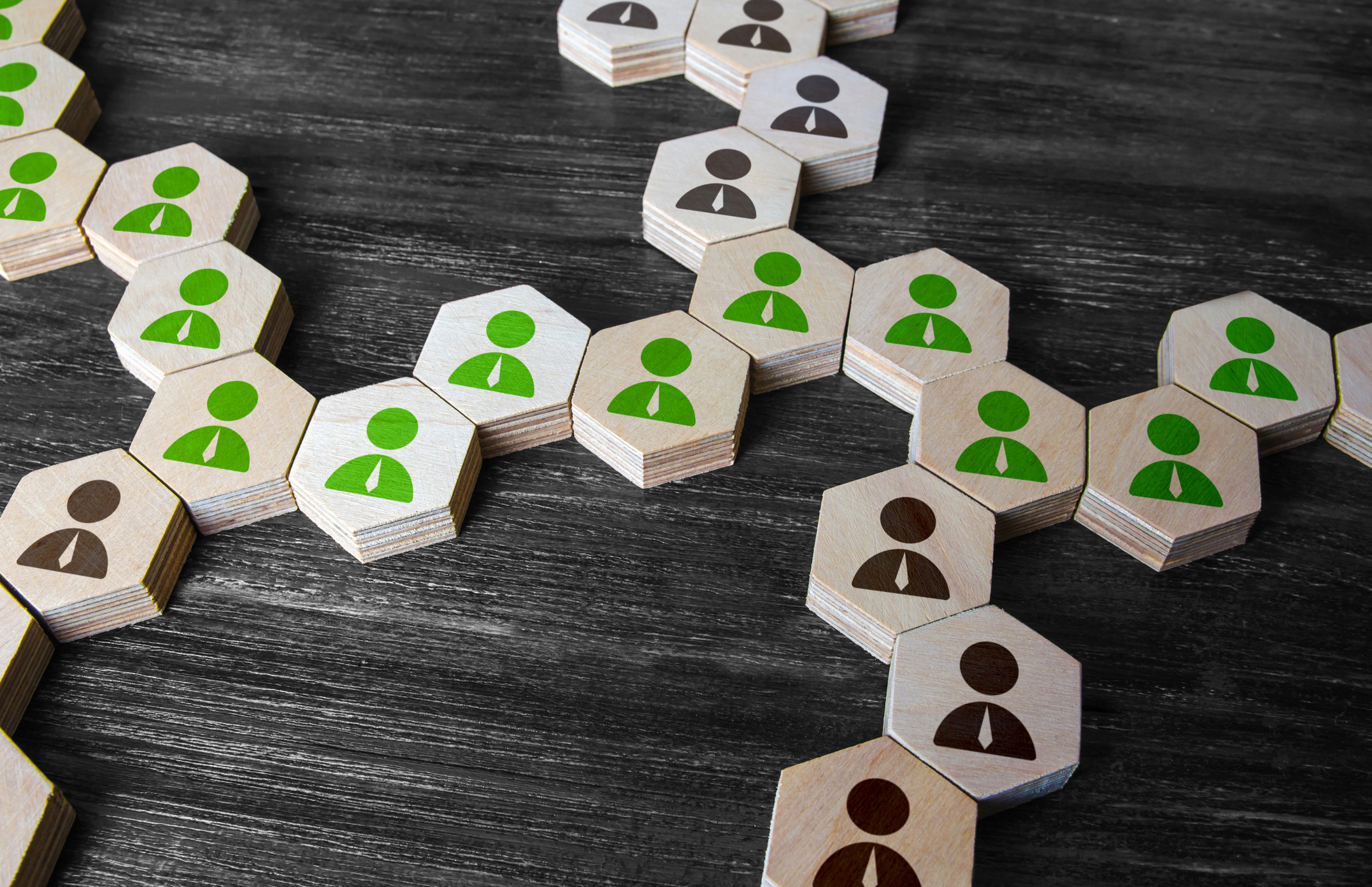Tag: Professional Associations

Going Pro (Bono): Lawyers Provide Support Against the Muslim Ban
*By Lucianne NelsonTime Period: 2017-2018Location: United StatesMain Actors: Immigration & constitutional law attorneys; civil rights activists; members of state and national government; business & labor leadersTactics - Civic Engagement -...

“Ask your Doctor if Voting is Right for You!” American Doctors Speak Out on Voting
*By Lucianne NelsonTime Period: PresentLocation: United StatesMain Actors: The American Medical Association (AMA)Tactics - Declarations by Organizations and Institutions In its June 2022 annual meeting, the American Medical Association (AMA)...

Brazilian Doctors Strike for Healthcare Reform and Democracy
*By Louis PascarellaTime Period: 1977-1981Location: BrazilMain Actors: Brazilian Doctor’s UnionTactics - Professional Strike - Slowdown Strike - Marches - Establishing new social patterns In 1964, a military coup overthrew Brazil’s...

Lawyers in Pakistan March Against a Military Dictator
*By Adam Fefer Time Period: 2007-09Location: PakistanMain Actors: National Action Committee of Lawyers, Pakistan Bar Association, Supreme Court Bar Association of Pakistan, Pakistan Muslim League (Nawaz) party, Ifitkhar Muhammad ChaudhryTactics...

US Lawyers Use Litigation Against Assaults on Democracy
*By Lucianne NelsonTime Period: 2016-presentLocation: United StatesMain Actors: LawyersTactics - Civic Engagement - Media Outreach - Legal Aid - Petitions - Signed Letters of Support In the aftermath of the...

Polish Judges Resist Attacks on the Rule of Law
*By Adam FeferTime Period: 2016-2021Location: Poland, especially Warsaw; Brussels, BelgiumMain Actors: Polish Judges Association Iustitia, Association of Judges Themis, Wolne Sądy lawyers group, Polish Constitutional Tribunal, Polish Supreme CourtTactics -...

THE PILLARS PROJECT: Labor Unions and Professional Associations
*This article was written by former Director of Applied Research Jonathan Pinckney. Why should labor unions and professional associations care about authoritarianism? American democracy is in a moment of crisis....

The Pillars of Support Project
Click here for the Pillars of Support Project Page The complexity of the problem has hampered efforts to coordinate action against authoritarianism. Yet such coordination is crucial. Research shows that the most...

Combatting Authoritarianism: The Skills and Infrastructure Needed to Organize Across Difference
*This article was written by co-Leads Julia Roig and Maria J. Stephan and was first published on Just Security. As the United States celebrated Martin Luther King Day this January,...
